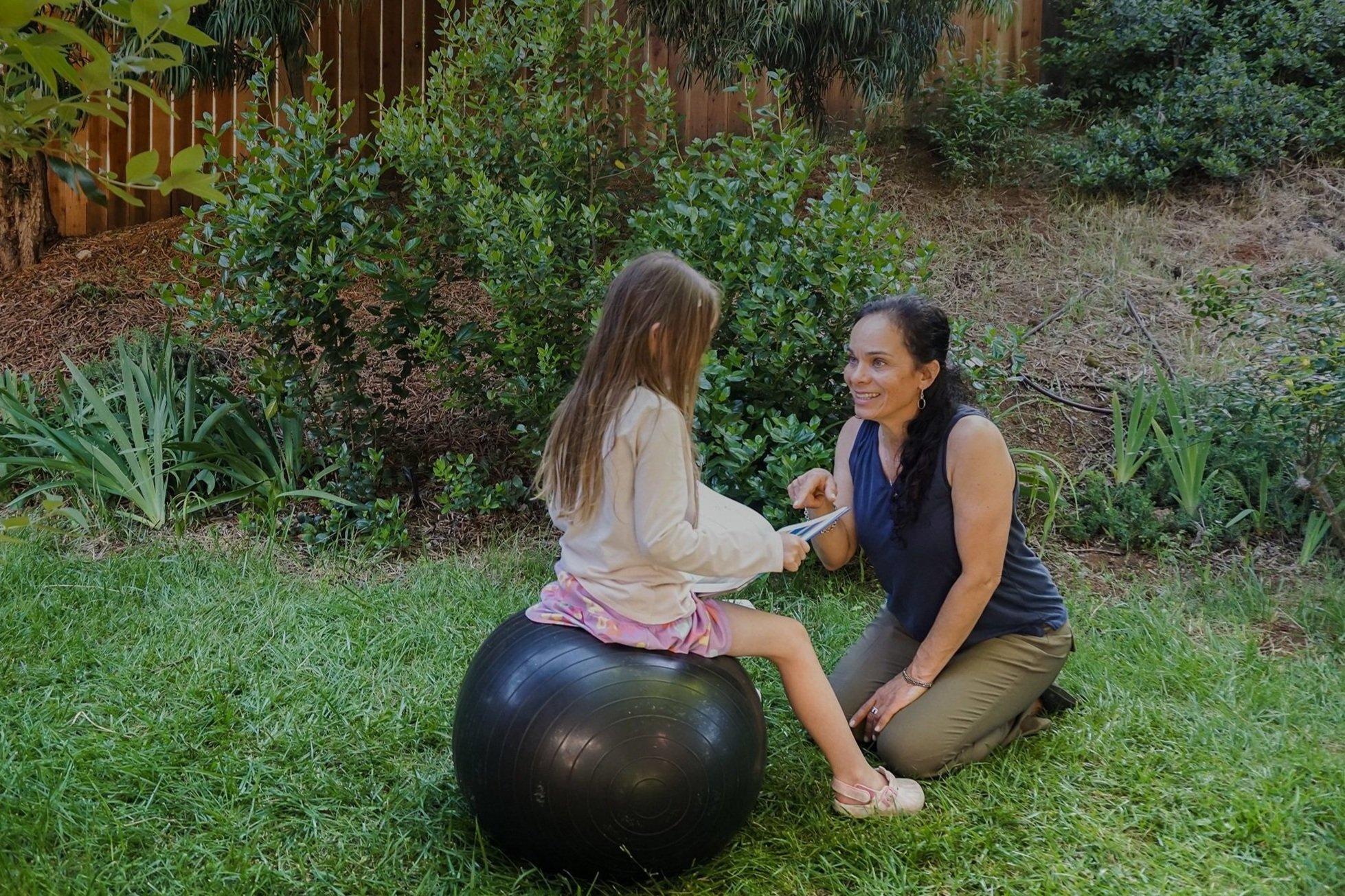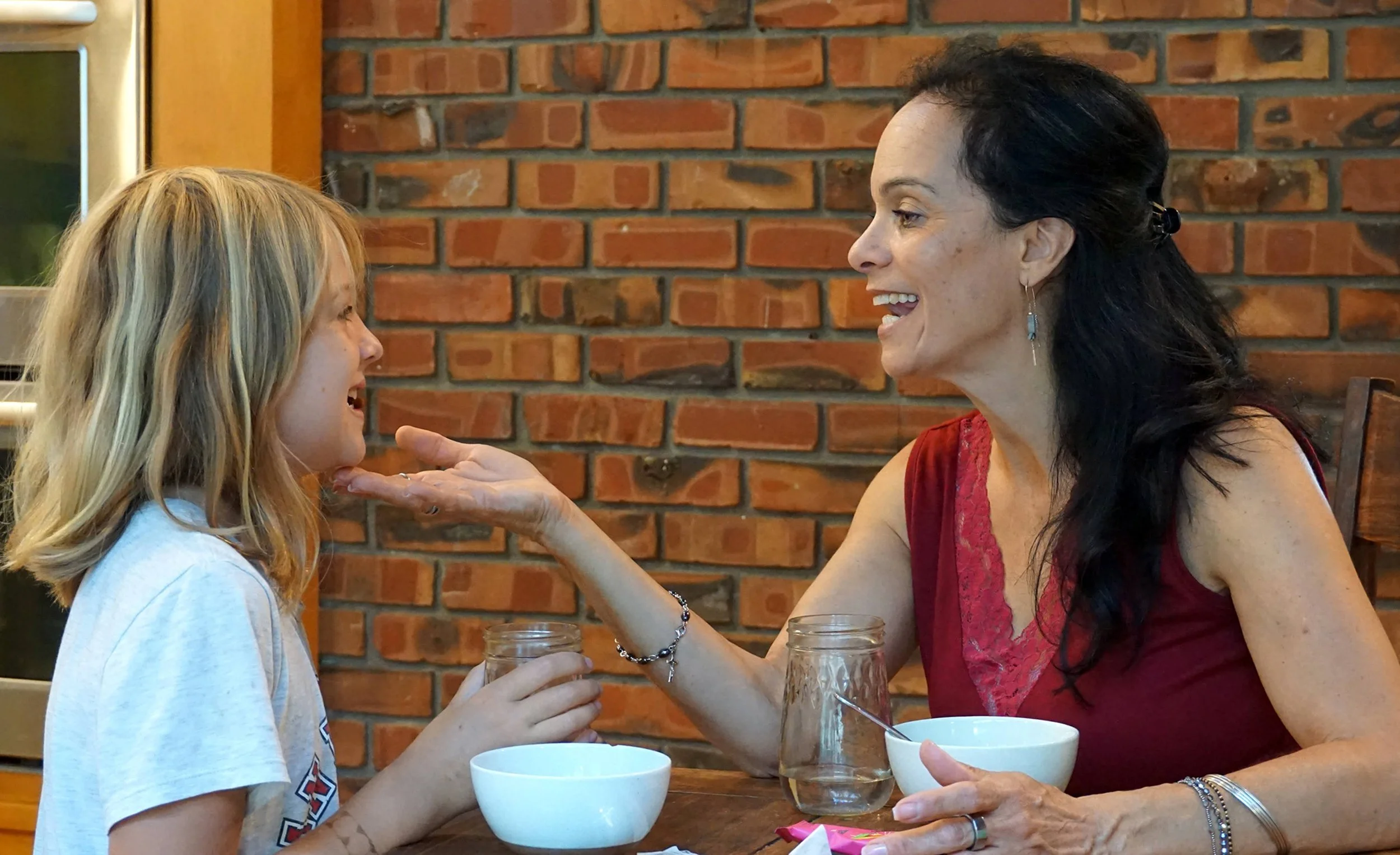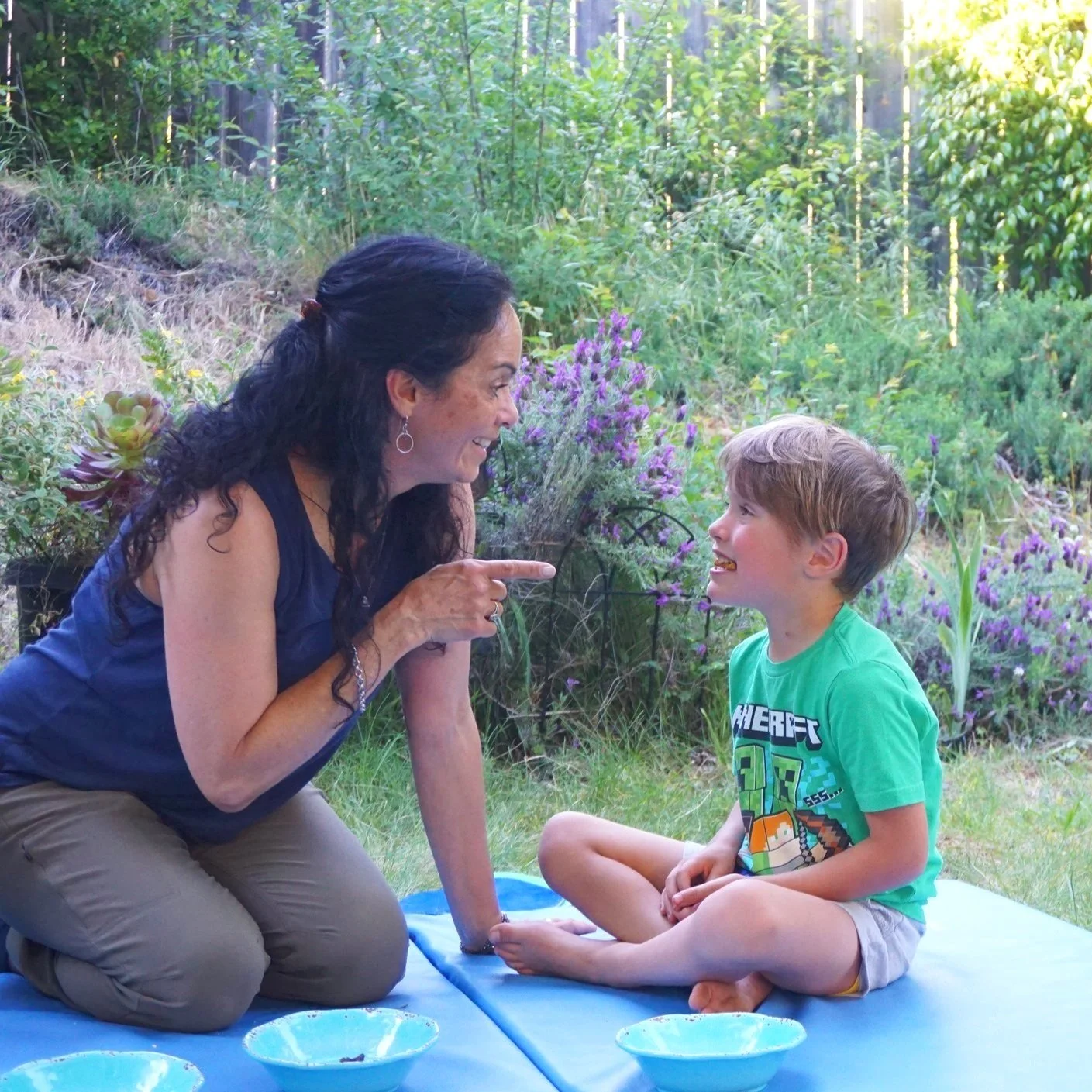
I am trained to evaluate oral and facial muscle function and will develop a curated treatment plan for individual or group therapy. I will collaborate with dentists, orthodontists, and other professionals to provide comprehensive care.
My Specialty Area
Speech sound errors can be just the tip of the iceberg. A Myofunctional asessment will look at the underlying foundational skills to see what else is affecting the speech system.
Orofacial myofunctional interventions are conducted by appropriately trained speech-language pathologists (SLPs) as part of a collaborative team. SLPs provide these services as members of interprofessional teams that include the individual, family or caregivers, and relevant professionals (e.g., medical, dental, orthodontic personnel).
As indicated in the ASHA Code of Ethics (ASHA, 2023), SLPs who serve this population should be specifically educated and appropriately trained to do so. Additionally, clinicians should adhere to ASHA’s Scope of Practice in Speech-Language Pathology (ASHA, 2016) as well as local laws and regulations and employer standards to guide their practice.
Signs & Symptoms of Oromyofunctional Disorders (OMDs)
Habitual open-mouth, lips-apart resting posture.
Structural differences, such as:
a restricted lingual frenulum, also known as tongue-tie or ankyloglossia, and
dental malocclusions, such as excessive anterior overjet and anterior, bilateral, unilateral, or posterior open bite and underbite.
Abnormal tongue resting posture, either forward, interdental, or lateral posterior (unilateral or bilateral), which does not allow for a typical resting relationship between the tongue, teeth, and jaws, otherwise known as the interocclusal space at rest (Mason, 2011).
Distorted productions of /s, z/, often with an interdental lisp, or abnormal lingual dental articulatory placement for /t, d, l, n, ʧ, ʤ, ʃ, ʓ/.
Drooling and lack of oral control, specifically past the age of 4 years (Riva et al., 2022).
Lack of a consistent lingual–palatal seal and/or tongue thrust during swallows.
Sleep-disordered breathing or sleep apnea (Hoang et al., 2023; Ikävalko et al., 2018).
Temporomandibular disorders such as bruxism, or teeth grinding.
Interprofessional Team
Interprofessional practice is essential because assessment of OMDs has many possible aspects, which often require an integrated team approach. (See ASHA’s resource in the link on interprofessional education/ interprofessional practice (IPE/IPP)). The speech-language pathologist (SLP) makes a referral to and collaborates with one or more of the following professionals:
allergist
orofacial myologist
dentist
lactation consultant
occupational therapist
oral surgeon
orthodontist
otolaryngologist/ENT
physician
plastic surgeon
respiratory therapist
sleep apnea specialist
This information is from the website of the American Speech-Language-Hearing Association (ASHA.ORG) on Orofacial Myofunctional Disorders (OMDs)
Speech Errors are Often the Tip of the Iceburg.
It is important to explore the potential root of the speech problem, which is often related to a tongue thrust or a tongue tie (i.e., a tethered oral tissue). A myofunctional assessment identifies the underlying dysfunction of chewing, swallowing, and breathing. Therapy will help by building oral awareness, strengthening oral muscles, improving posture, and coordinating movements during the daily functional activities of resting, eating, and speaking.
What is the Focus of My Myo Gym Groups?
I offer various Myo gyms based on the client’s age and abilities, including The Little Spittles, The Motor Mouths, and Breathing for Athletes for high schoolers. The groups offer peer modeling and social support while we practice the main goals of myofunctional therapy… nasal breathing, lip closure, tongue resting at the roof of the mouth, and using a correct swallow pattern.
“A Compassionate, Skilled Speech Pathologist Who Truly Cares”
-
This approach accelerated his progress way beyond our expectations. Today, his expressive language has blossomed; he articulates his thoughts with growing confidence, connects more easily with peers, and navigates emotions with remarkable stability now that he can communicate his needs. We highly recommend Luna to any family seeking a compassionate, skilled pathologist who truly cares.
—S. & G. C. Parents of child seen at home and in school




